After wandering around around Sidi Bou Said for a couple of days, it was time to see Carthage. Now, most people know that Ann and I are not much into seeing archaeological sites and ruins when we travel. We ran through Pompeii in an hour. But seeing Carthage somehow seemed necessary to truly understand Tunisia.
A brief look at Tunisia’s beginnings adds some helpful context here. (If this is TLDR for you, feel free to skip to the next section. You won’t hurt my feelings 🙂 )
Tunisia was originally inhabited by nomadic tribes called Berbers. Then, the Phoenicians, led by Princess Dido, came along and established the City of Carthage in the 9th century BCE.
The Carthaginians, a mixture of Phoenician and Berber called Punic, created the largest empire in the known world by the 2nd century BCE.
The Romans, an up and coming empire at that time, naturally wanted what the Carthaginians had. Thus began the several hundred years long Punic Wars.
Most people have heard of Hannibal, Carthage’s greatest general. He took his army, including elephants, through Spain and France and across the Alps, to attack the Romans from behind, where they didn’t see it coming. He won the battle, but ultimately lost the war. Carthage fell to the Romans in 146 BCE.
The Romans then proceeded to utterly destroy Carthage and build a new Roman city on top of the same site. The ruins around the city today are virtually all Roman, as the Romans did their best to completely erase Carthage from history.
After the Roman empire fell in the 5th century CE, it was the Vandals, followed by the Byzantines, Arabs, Ottomans, and French. Finally, in 1956, Tunisia became an independent nation.
Now back to the present.
In Carthage, we saw 6 different ruins sites in one afternoon, the baths, villas, port, colosseum, cisterns and finally Byrsa Hill, where the city was said to have been founded by Princess Dido.
The next day, we drove to Dougga, about 2 hours away. There, we saw one of the most extensive and best-preserved Roman ruins sites to be found anywhere.
Finishing up in Dougga, it was now time to head south to begin our loop of southern Tunisia and the Sahara Desert.

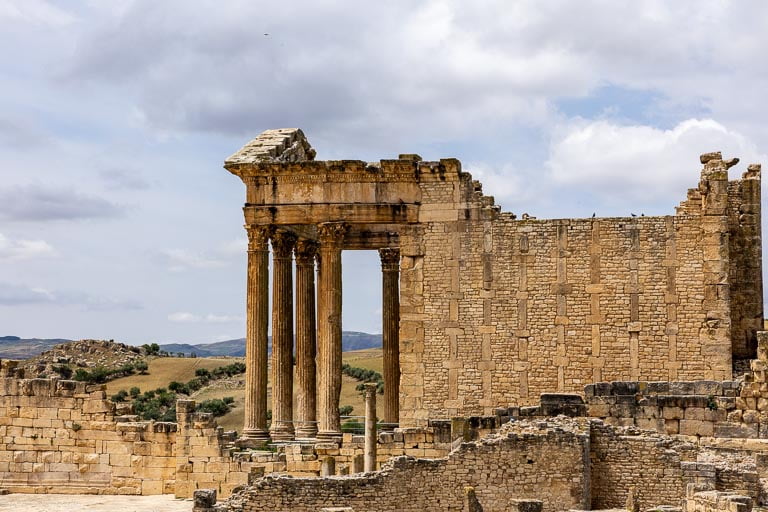
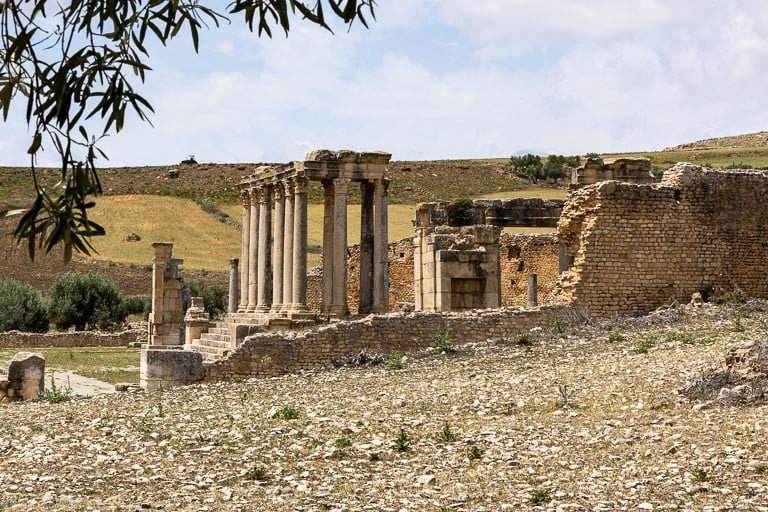
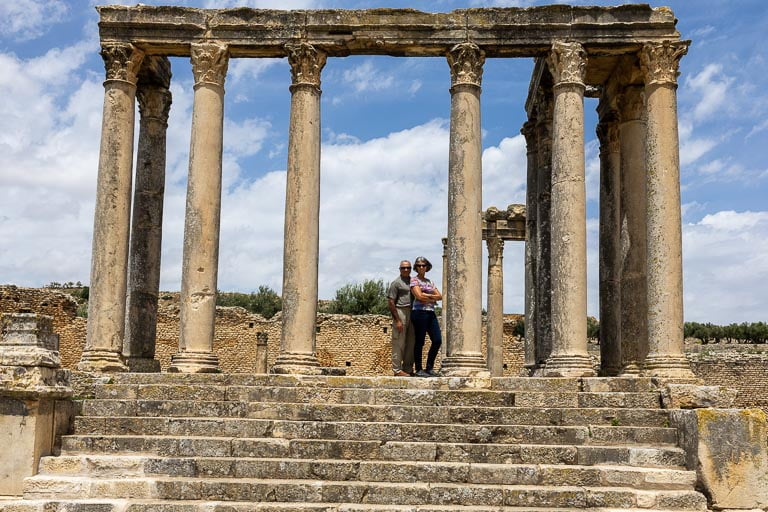
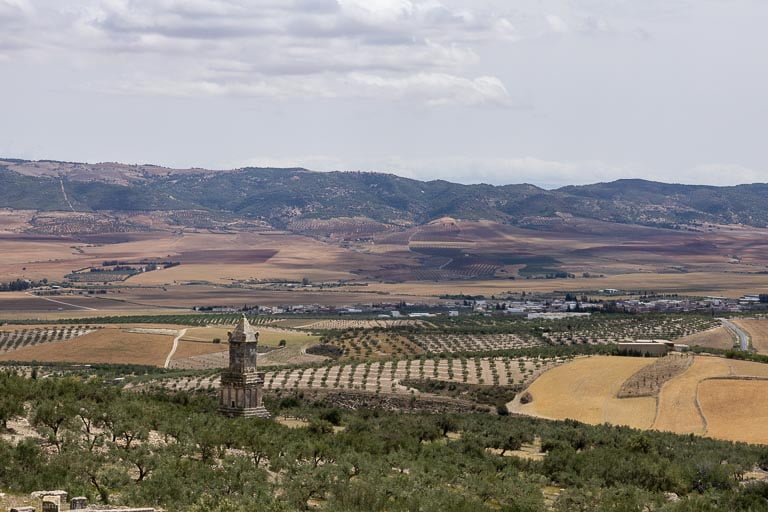
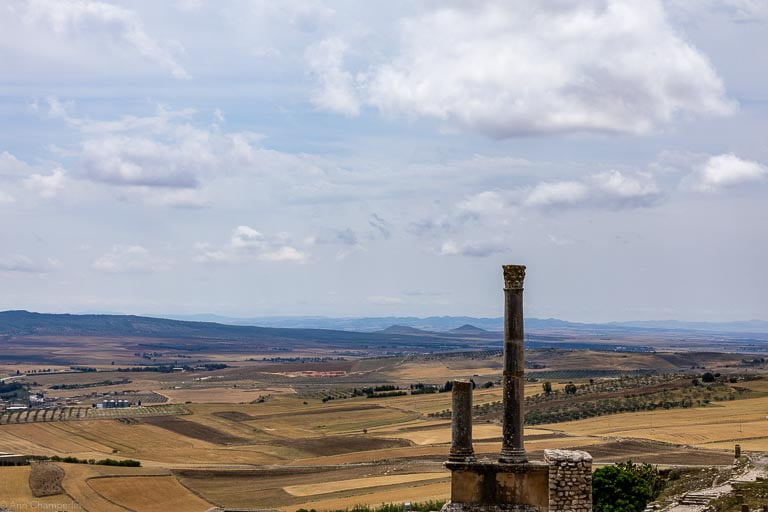


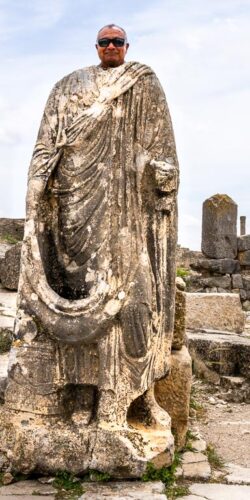









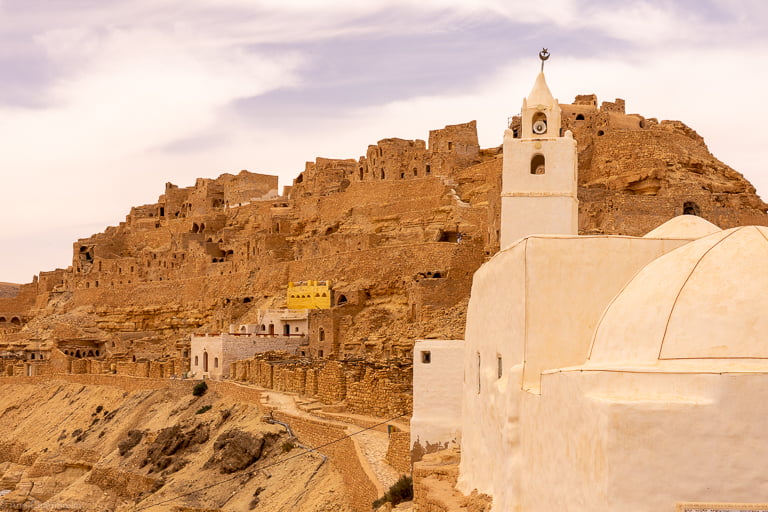
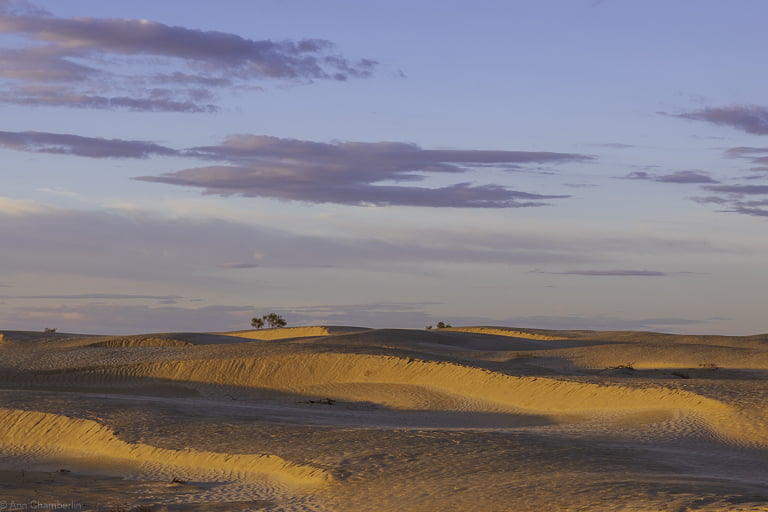
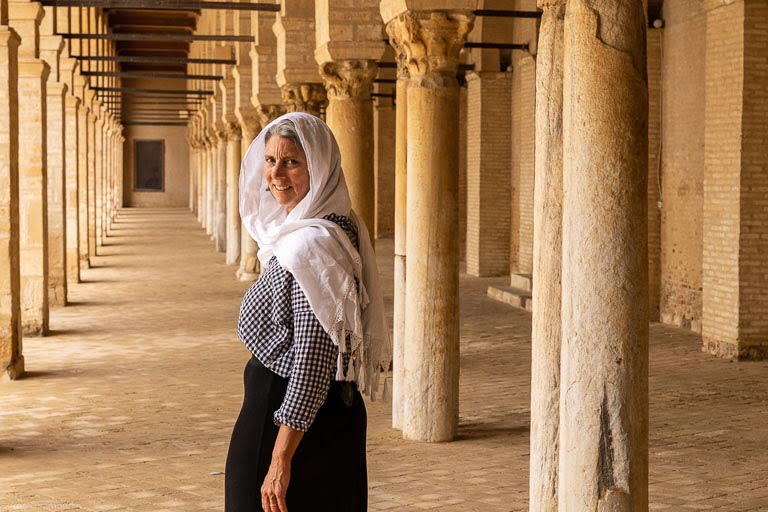

Sara Revah
Actually I loved the historical overview , but that’s me! It reminded me of my visit to Ephesus when I was just 13 but remember vividly. You didn’t want to come along back then if you recall.
I loved the mosaics as well.
Paul Hedberg
I have always thought ancient ruins to be a fascinating reminder of the past history. As I look at them I try to imagine life in those locales. They were soo ahead of their times with the group restroom practice! 😃🤔
Paul Hedberg
Thanks Emperor Sami and Empress Ann!
gail
Amazing that they have stood the test of time – those Romans really knew how to build.
Michael Potter
Great photos you two!!
Paul Holland
Love the backstory. And the photos 👍🏼🙏🏼
Jeanne Havlicek
What an amazing trip through ancient history to places and names I’ve never heard of before. Thanks for sharing—beautiful photography, too!
Mitch
Great photos. Keep ‘en coming!